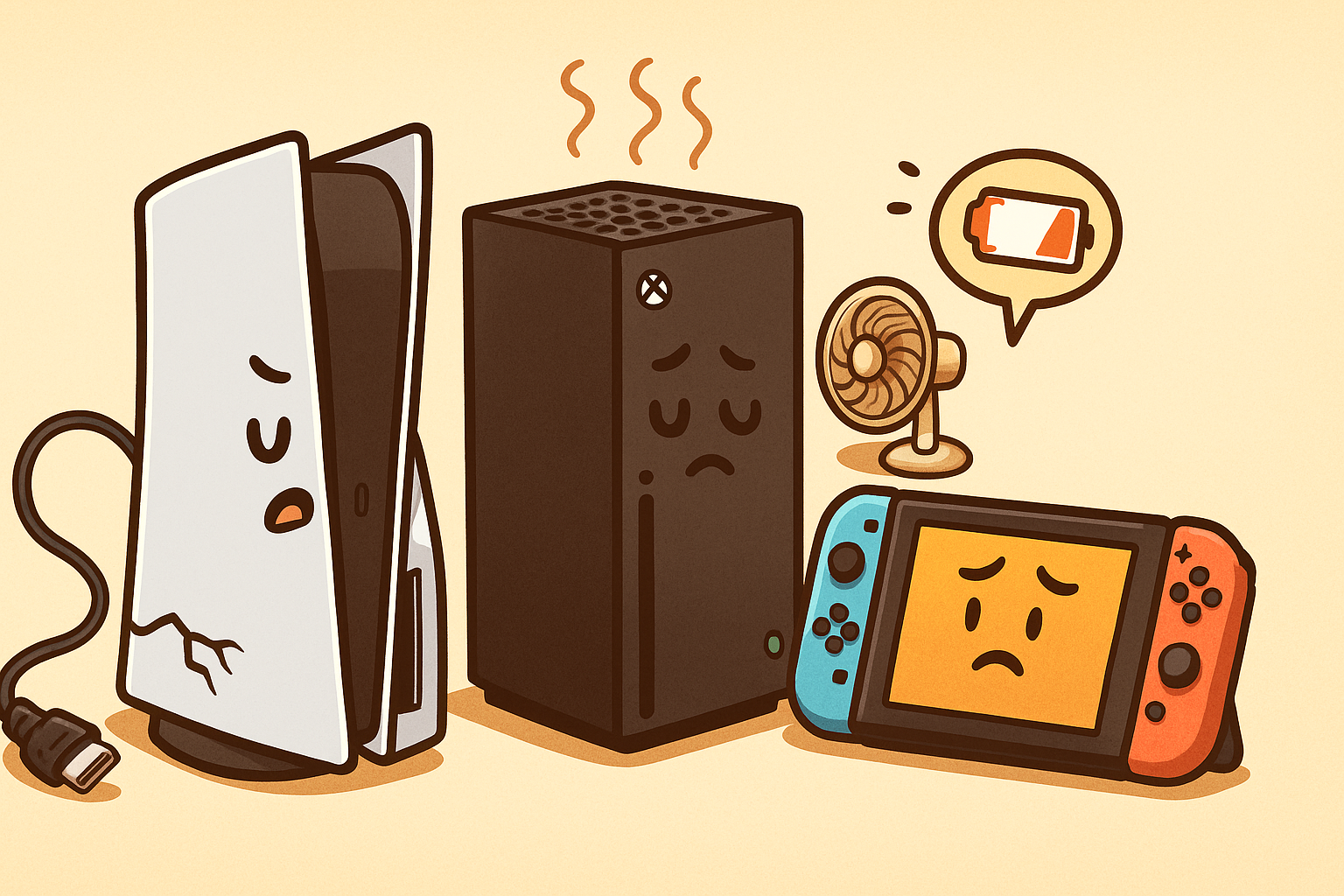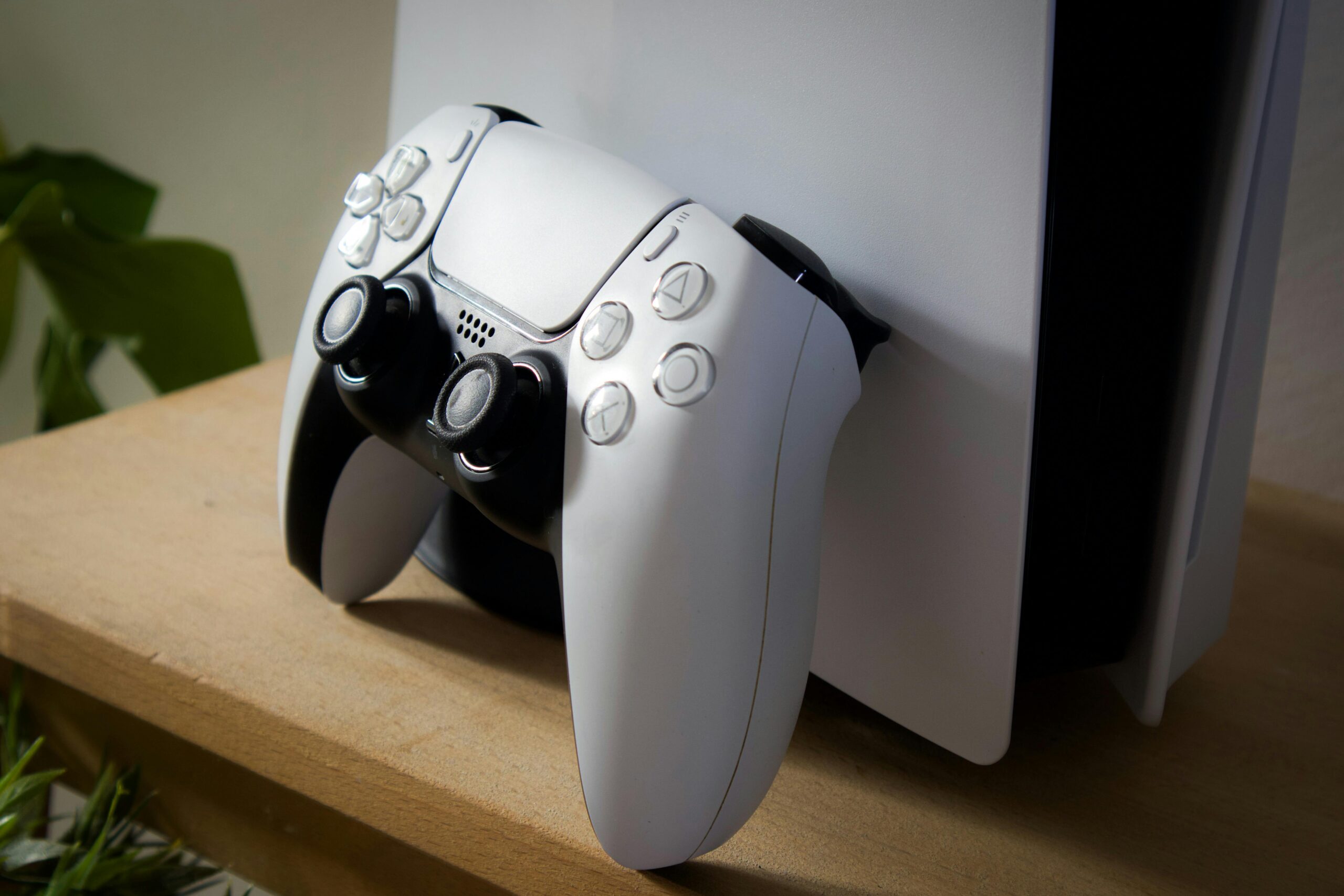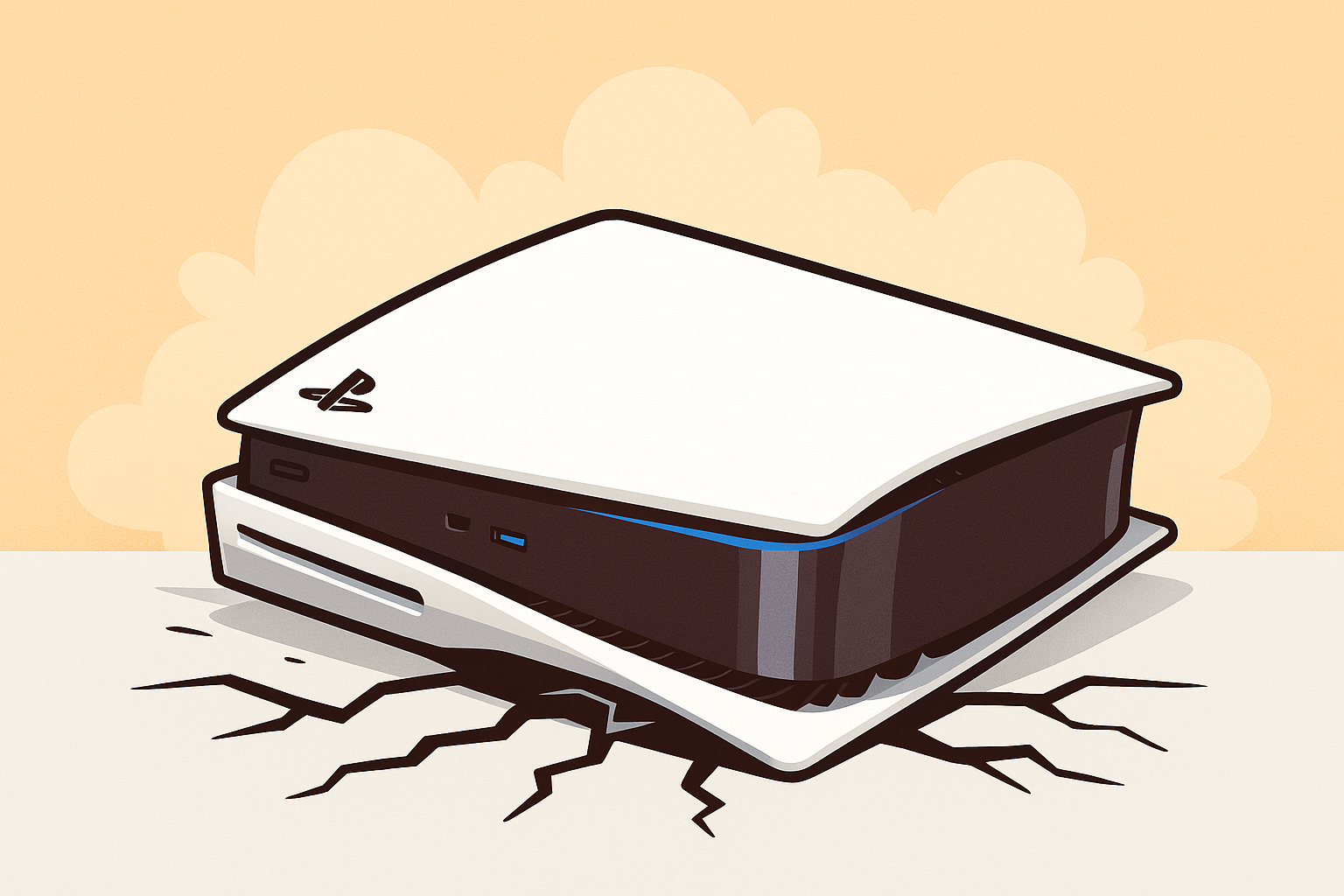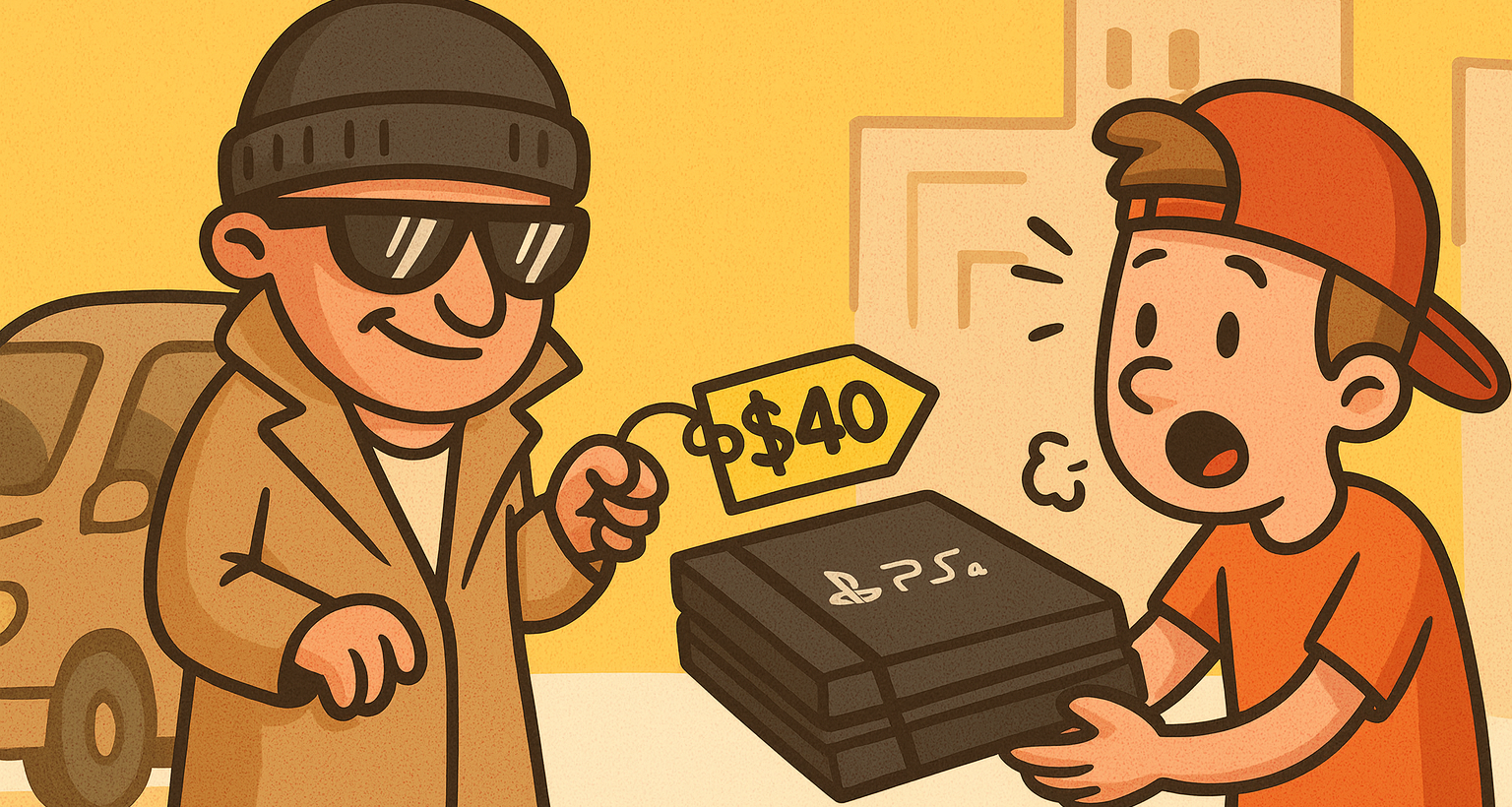

Picture this: you’re mid-game, thunder cracks, the lights flicker, and your console shuts off. When everything comes back on, your PS5 or Xbox still powers up… but your TV stubbornly says “No Signal.” The villain here? Not your TV. Not your cable. It could be the power surge, and yes—your HDMI port might have taken the hit.
Most people think of power surges frying power supplies or motherboards. But your console’s HDMI port? It’s a fragile little soldier that can absolutely get taken down by a surge. Let’s talk about how it happens, the signs to look for, and what to do if your console’s HDMI has been zapped.
Quick science (don’t worry, no test at the end). A power surge is basically a sudden spike in voltage—lightning strike, bad wiring, power outage recovery, or even plugging into a cheap extension cord. Your console tries to handle it, but sometimes that extra juice jumps where it shouldn’t.
The HDMI port is especially vulnerable because it’s not just a physical connector—it’s a pathway for both video signal and electrical current. A surge can:
That’s why after a storm or surge, many gamers report HDMI suddenly “not working” while the console itself still powers on. The power supply did its job, but the HDMI port took the fall.
So how do you know it’s surge damage and not just a loose cable? Here’s what to watch for:
If this sounds familiar, you’re not alone. We see it all the time at OneUpFix—especially after summer thunderstorms here in Barrie.
Both consoles suffer HDMI casualties from surges, but in slightly different ways:
The PS5’s HDMI port is notoriously fragile, even without a surge. If the console was plugged in during a power event, the HDMI can go out entirely. Sometimes it’s just the port pins. Other times, the retimer chip gets fried—leading to a white light console with zero video.
Xbox HDMI ports are slightly sturdier physically, but we see plenty of surge damage on them too. The most common failure: blown HDMI IC chips that kill video output completely. In other words: still a victim, just in a different way.
Bottom line: neither console is immune. Surge damage plays favorites with no one.
Before declaring “the surge killed it,” do a little detective work:
If none of that works, and the timeline matches a surge event, odds are high the HDMI is toast.
Here’s the part where we burst the DIY bubble: no, not really. Cleaning dust out of a port? Sure. Replacing an HDMI chip blown by a surge? Not unless your hobby is microsoldering with $5,000+ worth of tools.
What won’t work:
Surge damage = hardware damage. That means parts need replacing, not prayers.
The good news? HDMI damage is one of the most common console repairs we do. We can:
Whether you’re on PS5 or Xbox, we’ve got the tools and experience to bring video back. Check out our dedicated HDMI repair service page for more on how we handle it.
Yes, and no. A basic surge protector is better than nothing, but not foolproof. For true protection, a UPS (uninterruptible power supply) is your best bet—it smooths out surges and keeps voltage stable. But let’s be real: most gamers don’t have one. At minimum, plug into a decent surge strip and unplug the console during big storms.
If your HDMI is already dead, waiting doesn’t fix it. In fact, continuing to jam cables into a fried port can make damage worse. What might’ve been a simple port swap can turn into a full board repair. Don’t wait until your console is beyond affordable rescue.
Yes, a power surge can kill your HDMI port. And if your console suddenly lost video after a lightning strike or blackout, chances are that’s exactly what happened.
The good news? It’s fixable. At OneUpFix, we’ve repaired hundreds of surge-damaged consoles. From replacing PS5 HDMI ports to diagnosing fried chips on Xbox, we’ll figure out the damage and get you back to gaming fast.
👉 Suspect surge damage killed your HDMI? Contact us today. We’ll bring your console back from the dark screen and into the game again.


